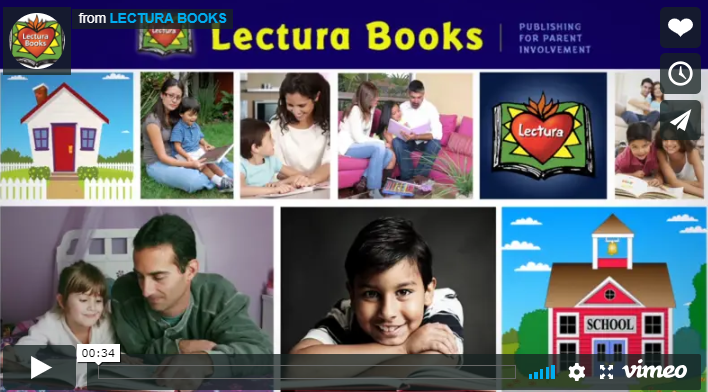English Language Learners (ELLs) are the fastest growing population in the U.S. public education system. According to the National Education Association, there are about 10 million ELLs enrolled in U.S. public schools. By 2025, it is estimated that one out of every four students in U.S. public schools will be an ELL. Research indicates that students with involved parents and family are more likely to achieve greater academic success, as well as literacy and language skills.
In the recent past when researchers and educators talked about ELLs, they mainly focused on parental involvement and how involvement benefited both parents and children. Currently, when researchers and educators talk about ELLs, they also incorporate the entire family and how their involvement as a family unit benefit all individuals involved. However, getting ELL parents and families involved in the academic endeavors and day-to-day schooling of their children can be challenging. Here are some tips that teachers can use to help ELL families feel comfortable communicating within the school setting and encourage ELL families to see the benefit of involvement.
Research Students’ Families
Teachers should conduct research regarding their students’ families. During the first week of school, teachers should read over student intake forms to determine the nationalities, language skills, educational history, and home language. Teachers can also send out questionnaires to ask parents which language they prefer communications to be translated to, so that they can better understand the messages being communicated.
Host a Family Event
Teachers can consult with school administrators to host a family event. Teachers can encourage the whole family to come to the event. Schools can create a comfortable environment that the whole family will enjoy. For example, schools can host a game night or a family breakfast. Another great idea would be to host a pot-luck style dinner in which families can share food from their own nationality or culture.
Direct Communication
Teachers should communicate directly with parents and family members. It is important to call them on the phone and let them know how their student is doing. Communicating via writing can be confusing sometimes. The meaning and tone can be misinterpreted. Hearing someone speak allows families to understand the message being conveyed. Also, by speaking directly to parents and family members, teachers can make sure that parents and family members understand all aspects of the conversation.
Encourage Home Language Use
Teachers can encourage parents and families to use their home language whenever they can. Research demonstrates that children will experience major cognitive, social, and academic benefits by learning more than one language. Teachers can suggest to parents and family members to speak to their children in both languages, as well as read bilingual books with their children. Organizations such as the Latino Literacy Project suggest that reading bilingual books gives both parents and students great literacy and language skills. The exchange between parent and family members with students serves as a way to learn and become involved in the students’ academic success.

